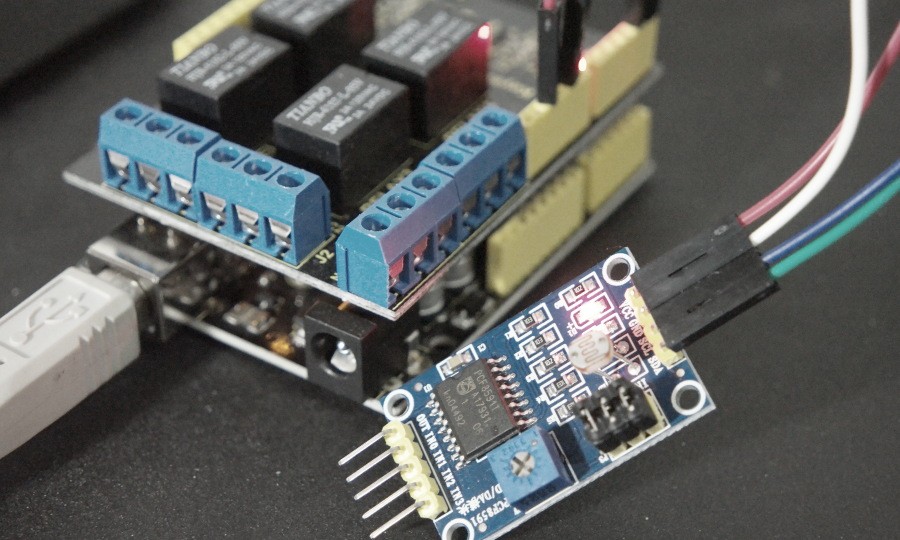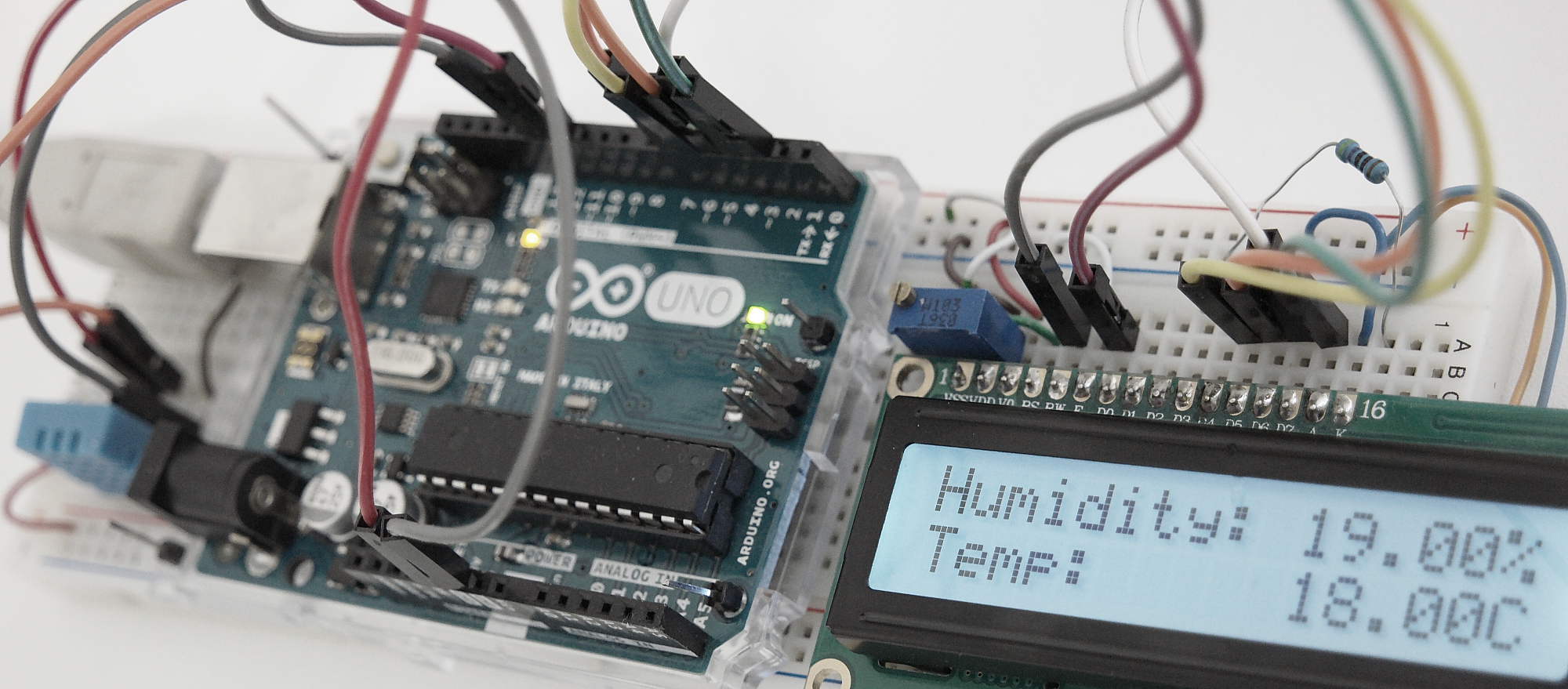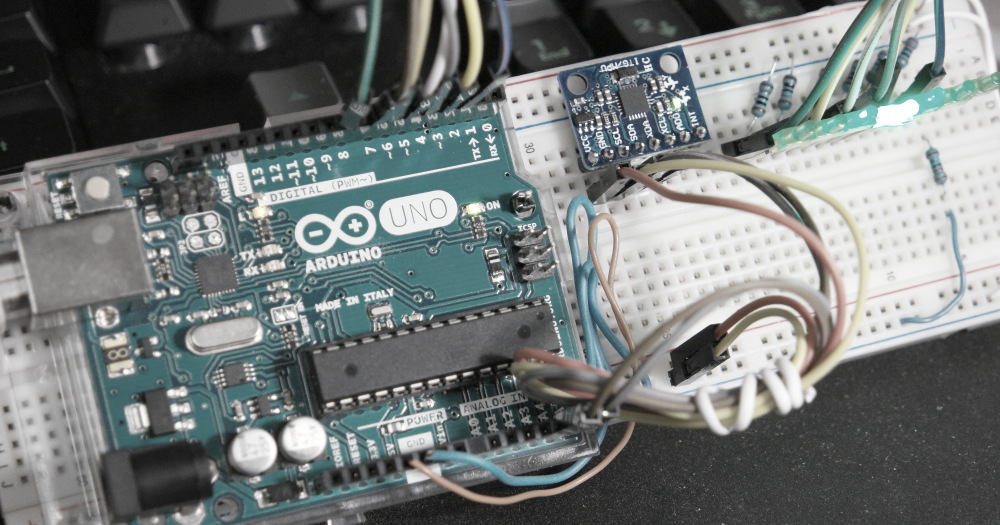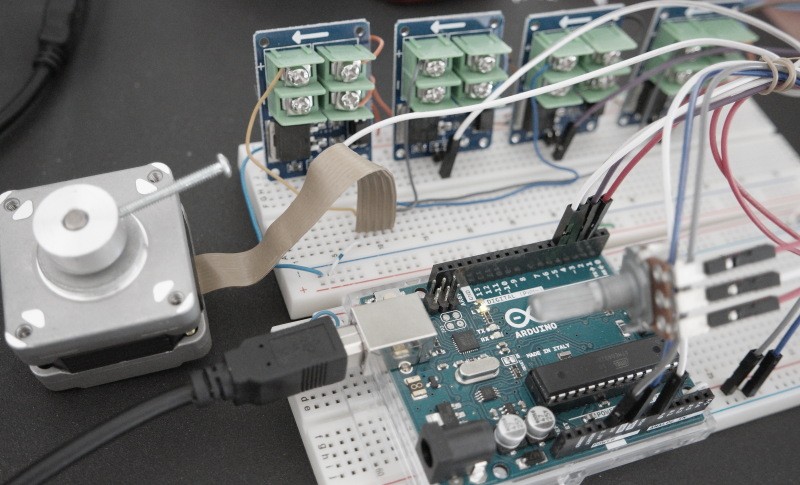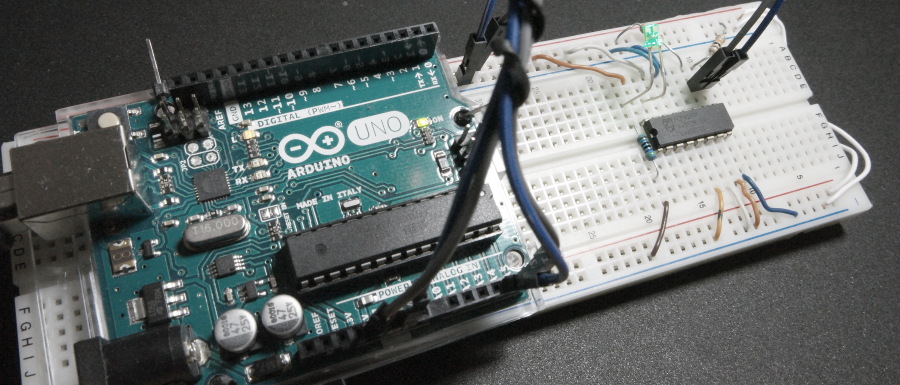Arduino Photoresistor Relay Control with PCF8591 Module
Relay controlled by light intensity can be implemented using Arduino UNO compatible board. In this case Keyestudio UNO R3 and AD/DA module with PCF8591 chip. Similar simpler design is available here. On this particular module a photoresistor and a potentiometer were added to 2 separate analog inputs of the converter thus eliminated the need to … Read more
